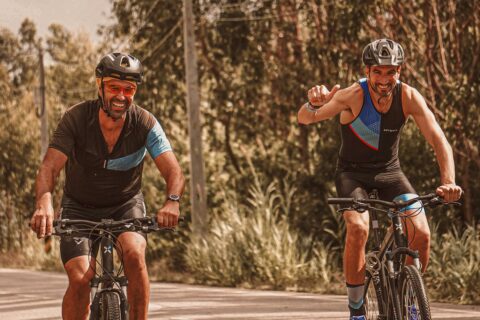
The Unexpected (But Highly Satisfying) Evolution of a Coaching Career
Coach Scott Saifer discusses what it takes to work with athletes who might lack ability or motivation, or both.

Coach Scott Saifer discusses what it takes to work with athletes who might lack ability or motivation, or both.
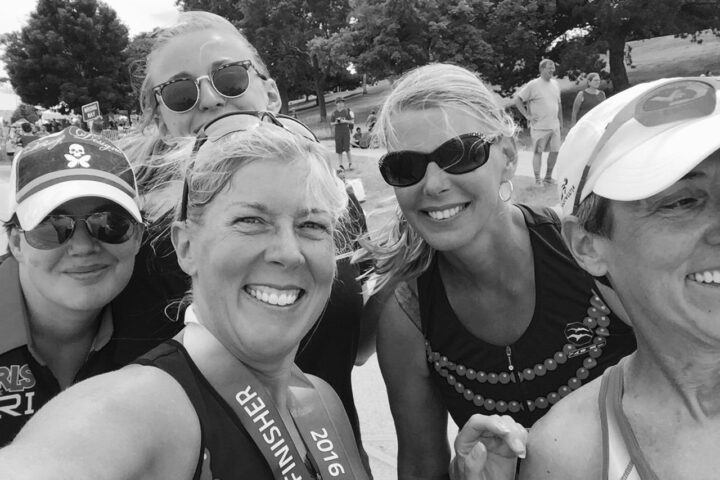
By coaching athletes of all levels and aspirations, Christine Schirtzinger has learned how to build a better business—and be a better coach.
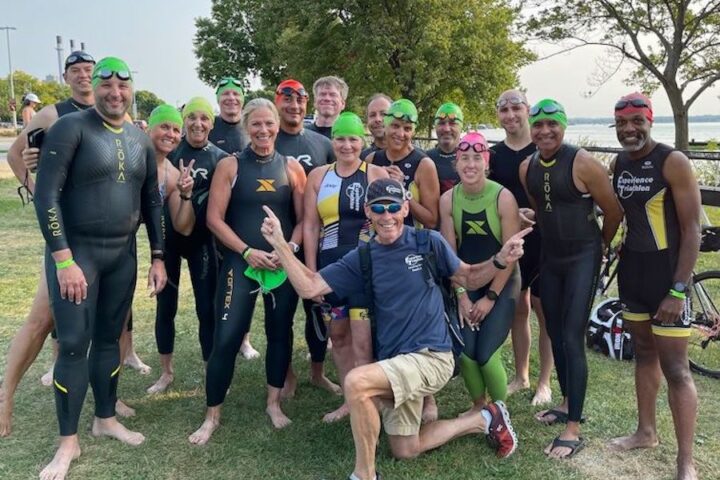
Whether it’s the last person to cross the finish line or the ones standing on the podium, Coach Joe LoPresto believes all athletes are more alike than different.
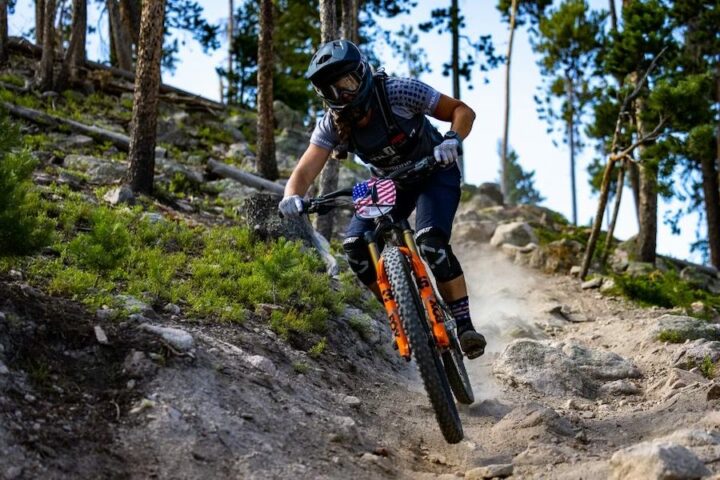
Every coach wants to work with athletes who possess both talent and motivation in spades. In reality, your clients are probably lacking in one or the other. Consider how your coaching style might be suited to a particular athlete type, and whether your client list reflects this.
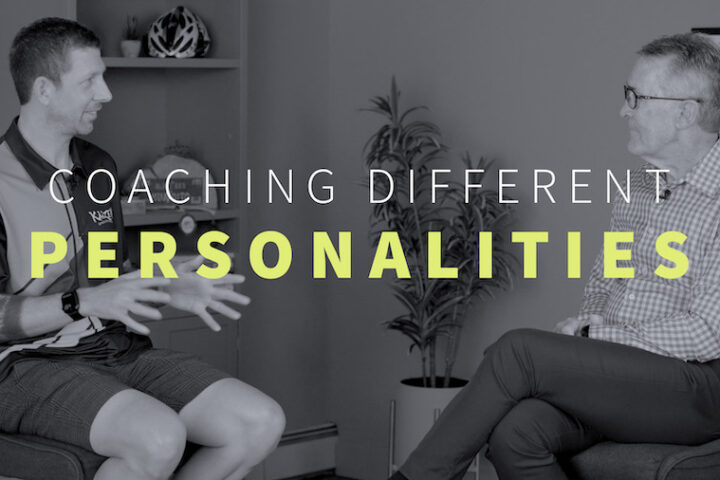
How does an athlete’s personality affect how you write their training plans and give feedback? It can be far more varied than you might realize.

Coach Dave Schell talks with Joe Friel about how he gets buy-in from athletes, and creates a dynamic, athlete-centric training plan specific to their individual needs.
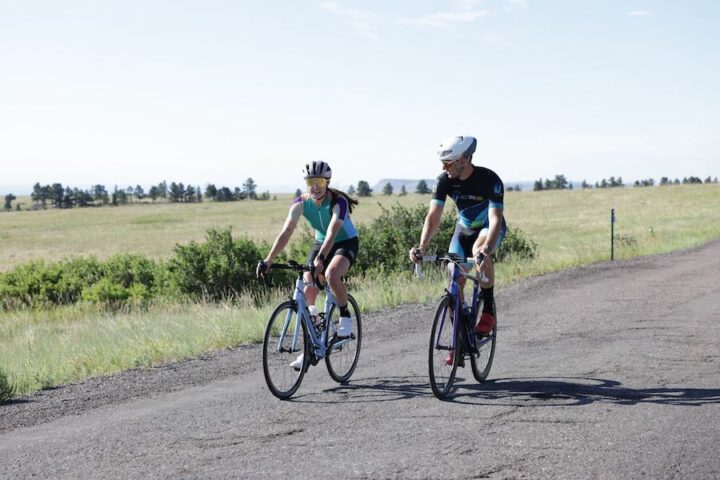
As a coach, you are in the business of addressing the weaknesses that stand in the way of the athlete’s goal. Because every athlete is unique, no two plans should ever be the same.
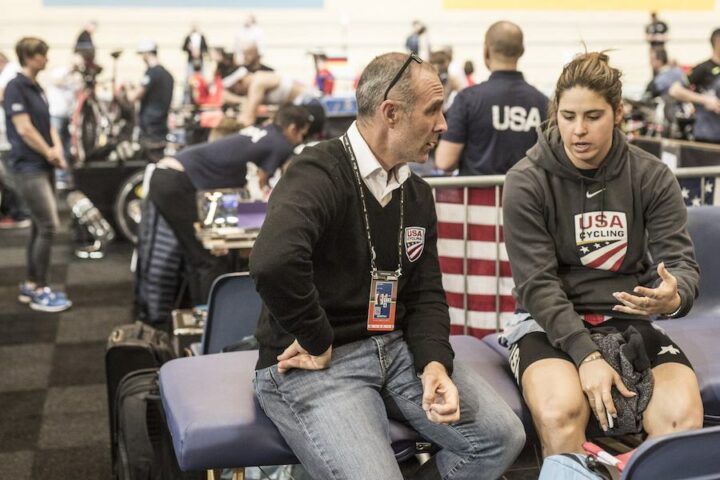
As a coach, you are in a privileged position to have a great impact on your athlete’s development. Learn how to use this wisely.
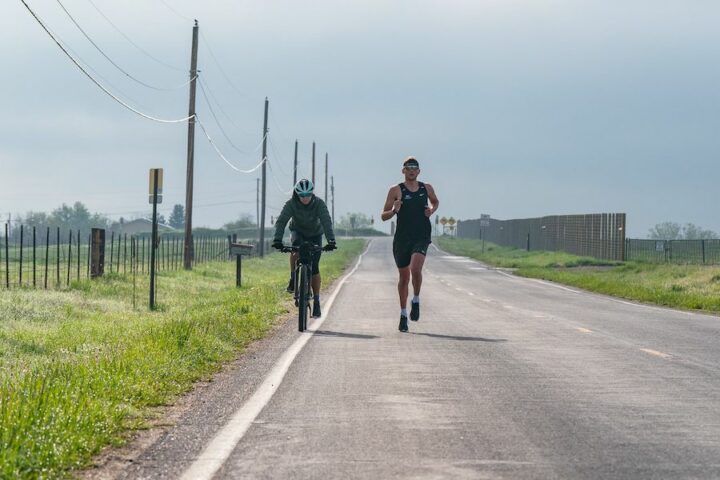
Work with your athlete to create a race plan for the season—and then build your training plan from there, but remember there’s plenty to factor in.
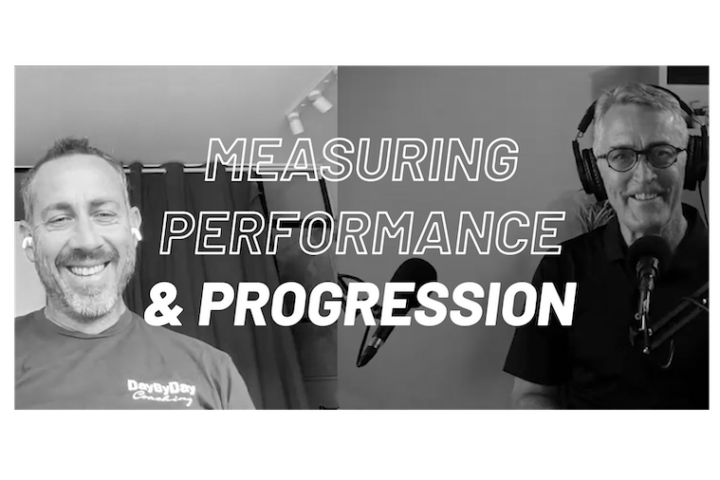
Coaches Joe Friel and former pro cyclist Ben Day talk about setting goals and how measuring progress must include “more than just numbers.”
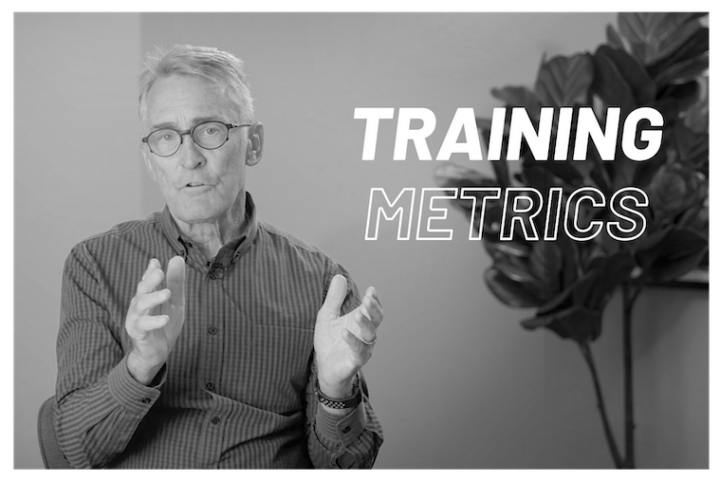
Joe Friel provides an overview of the key training metrics that help coaches quantify training load and plan for performance.
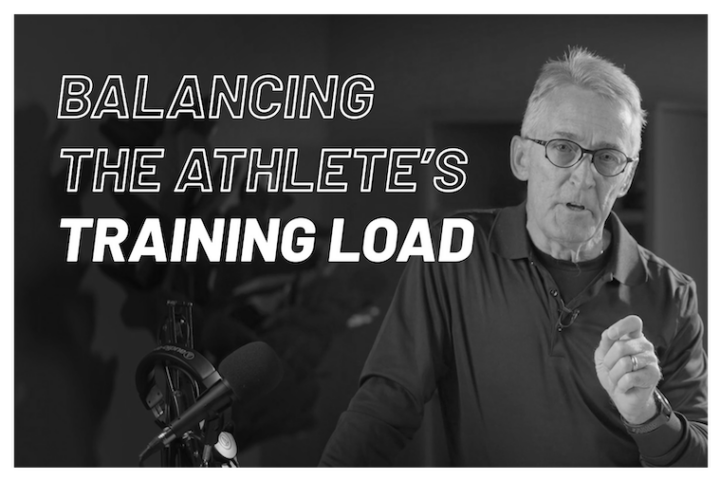
Joe Friel explains the data that helps coaches plan athlete training load while also factoring in recovery.
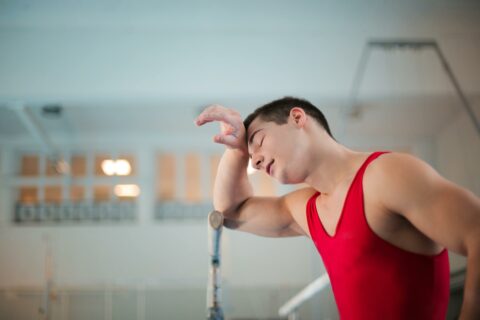
Joe Friel addresses the problems that athletes most commonly face en route to their goals: training plateaus, inconsistent training or lack of motivation, inadequate sleep, and prioritizing performance at the expense of health.
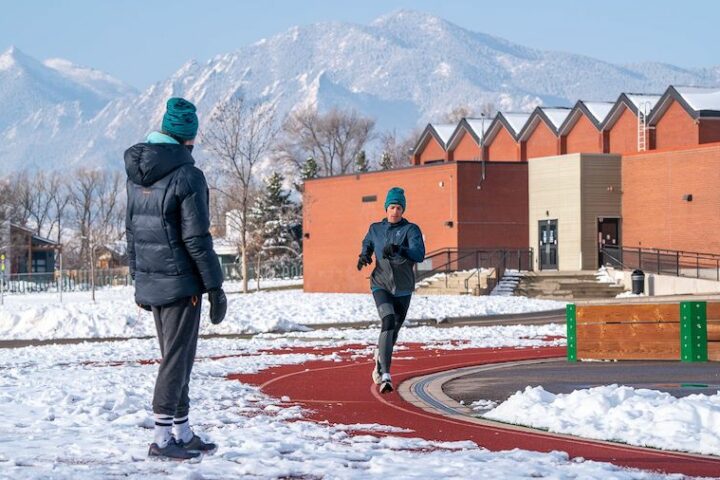
There’s a fine line separating performance and athletic potential. This case study illustrates the real consequences of overtraining and how training load can be better managed to avoid the high-stakes gamble altogether.
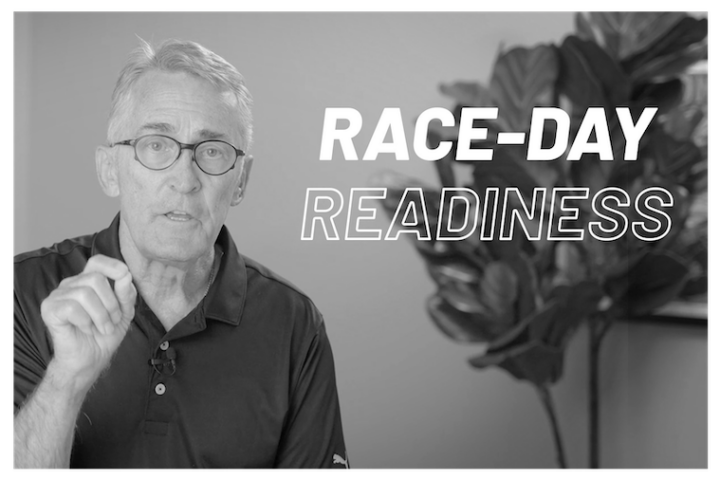
In this video, Joe Friel discusses how best to bring an athlete to form by striking the right balance between fitness and fatigue. It can be a fine line—and will be different for every athlete.
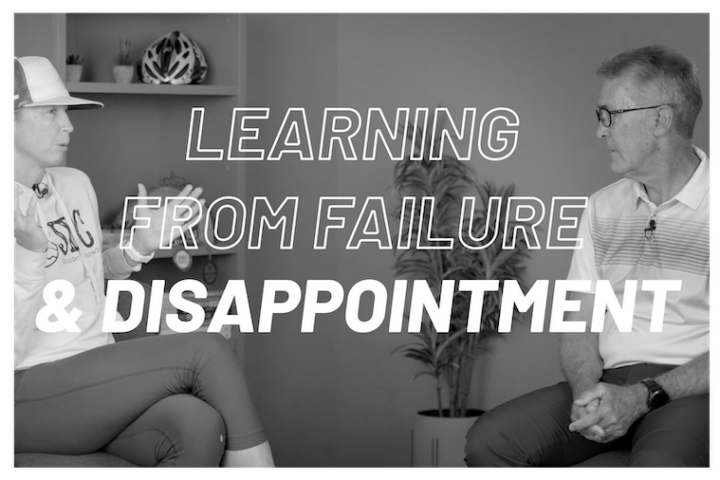
Joe Friel talks with four-time world champion triathlete turned coach Julie Dibens about how we can use failure and disappointment as an opportunity for growth.
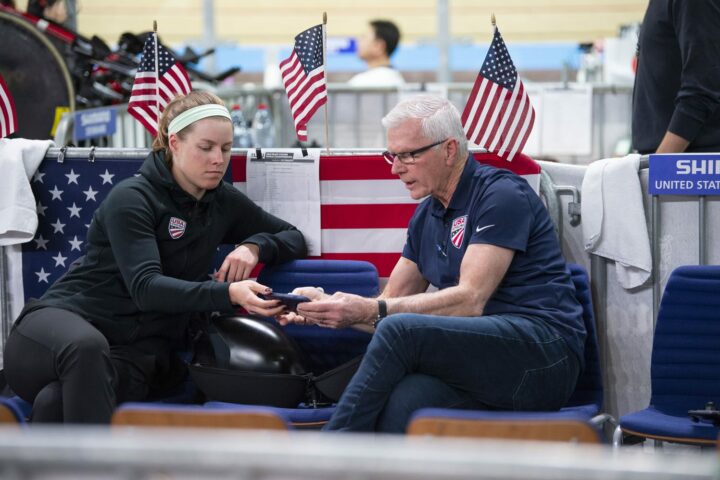
How you assess and analyze performance with your athletes can have a huge impact on their progress. Here’s our guide to ensuring that post-race debrief goes as smoothly as possible.
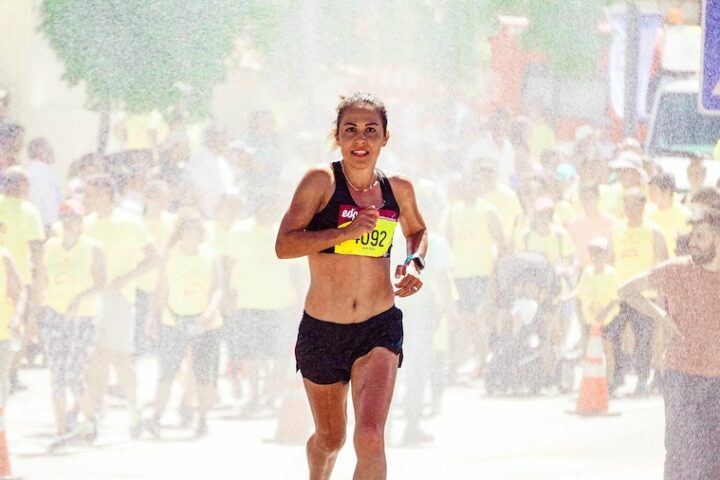
Every coach will be involved in athletic performances that fall short of expectations, leaving both the coach and the athlete dissatisfied. What is the best way to handle these situations?